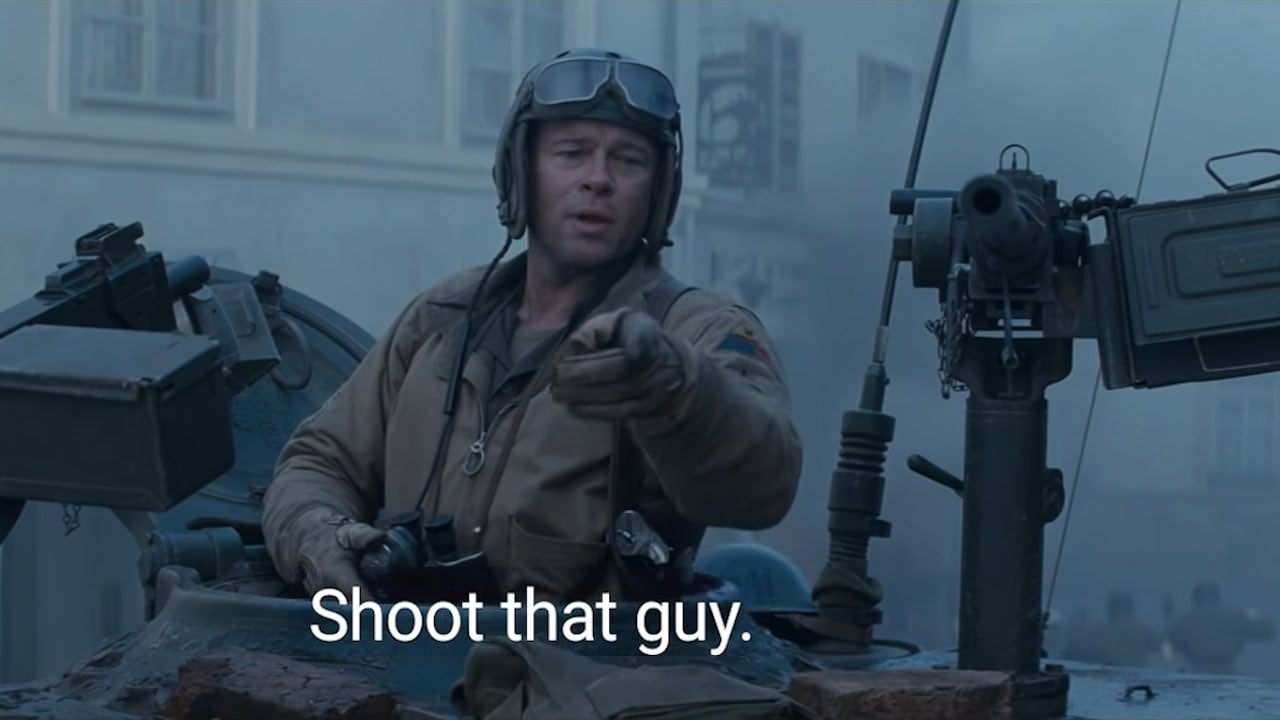I’m going to be starting a pretty short campaign here soon. I’ve mostly got the plot figured out, and when I was helping a player with character creation they asked if there was a good patron for their Warlock character. My initial thought was, “well the BBEG would be interesting.”
The players are just exploring a ruined castle/island that’s been twisted and it’s inhabitants warped due to exposure to a great old one- they’re trying to solve the problem and make the place habitable again.
The warlock’s patron is the BBEG, an eldritch god trying to force his way onto their plane. He’s currently held out of the plane by a magical seal that can’t be broken by him or any of his servants. So the Warlock player needs to- subtly- get the party all the way to the seal and manipulate them into breaking it. I did this specifically to avoid him murder hoboing his party members. They have different goals, but they still need each other.
If this goes badly, I figure the worst case scenario is that he gets slapped by the other 5 party members. So I’ve asked him to have at least an idea for a second character.
For a short one shot campaign, sure, because in those, players are invested in the story more than the characters.
For anything that is going to involve character development and growth, it would spoil the whole campaign for me.
I, on the other hand, would love it. In a longer running campaign in particular, there would always be a chance of redemption, if one would be into that kind of thing.
I would fully support one of my teammates going all in on the fun of betrayal. What I consider more of a problem would be the practical issues, i. e. how do you integrate the player into additional sessions after the betrayal becomes public - the paths of the betrayer and the party might heavily diverge in both intent and, e. g. location, it could be hard running both strands simultaneously.
So yeah, a short, one off campaign might be a better fit.
Don’t do it. It’s so hard for anyone but veterans to separate the character from the player when the character is countering the party. Even with veterans, they’d have to be good at meta compartmentalization.
We had a campaign where something like that played out.
The warlock in that case wasn’t the traitor (although he was kind of evil and ruthless), but a paladin in our group was. He built his character to spy on and eventually assassinate the warlock, which made sense in the story. The paladin coordinated this with the GM, although not with the other players. Over the early campaign the warlock saved the paladins life on multiple occasions. The paladin felt super guilty and came clean to the warlock, who asked his patron to chain the paladin to him and make him his loyal servant. Again, GM coordinated with all involved and henceforth the paladin took psychic damage when he acted against the warlock, didn’t follow his express orders or strayed too far from his side. He also got a few cool abilities out of it, him being a warladin (or pallock?) now and all.
This made for a great story, but basically killed the game. It took away the agency of one player and we found no way to resolve it neatly. The warlock and warladin players made new characters and the dark duo became our BBEGs.
If you want to do this, have a clear and defined exit strategy. Make it clear to the traitor player that his character will be killed if no other solution is found during the campaign. In this scenario the experience of the rest of the group is more important because they did not consent to this.
If you want to do a cool double twist, you could do the following. If he reveals himself during the final showdown to be a traitor, have the BBEGs sidekick also be a traitor. The two basically switch sides, the player switches characters and continues to play with the former BBEGs sidekick.
I could see how it could ruin the overall campaign going forward, but I’m not concerned with that for two main reasons: this won’t be a particularly sandbox-y campaign, and it’s going to be pretty short.
The two ways this ends for the warlock player are: he fucks up and reveals himself too soon, at which point he either dies in the 5v1 confrontation that occurs, or gets away at which point his character will be an NPC going forward. Or he gets all the way to the end of the campaign, and either succeeds or fails to convince the rest of the party to release his patron.
The BBEG having a sidekick that turns to the good side in return is an excellent idea. I’ll definitely give that some thought.
In my current campaign, one of the players was swapped out with an evil version of him from another universe. I asked him if he was cool with it and he really liked the idea, so we did it. It’s been years since this happened (literally actual life game play years) and he’s been planning on how to betray them a this time. He’s set to betray the party next session.
I think the only way this really works is because his original character will return after the betrayal, and I’ll take over the evil version as an NPC moving forward. That way he can continue playing the same character (with tweaks we’ll work out together). Basically like Landfill from Beerfest.
That sounds amazing, I’m gonna be honest.
Thank you! It’s been hard waiting for literal years to finally see this happen.
I vaguely remembered Matt Colville had done something similar, but it’s probably been a year or more since I’ve watched it so I appreciate the link!





